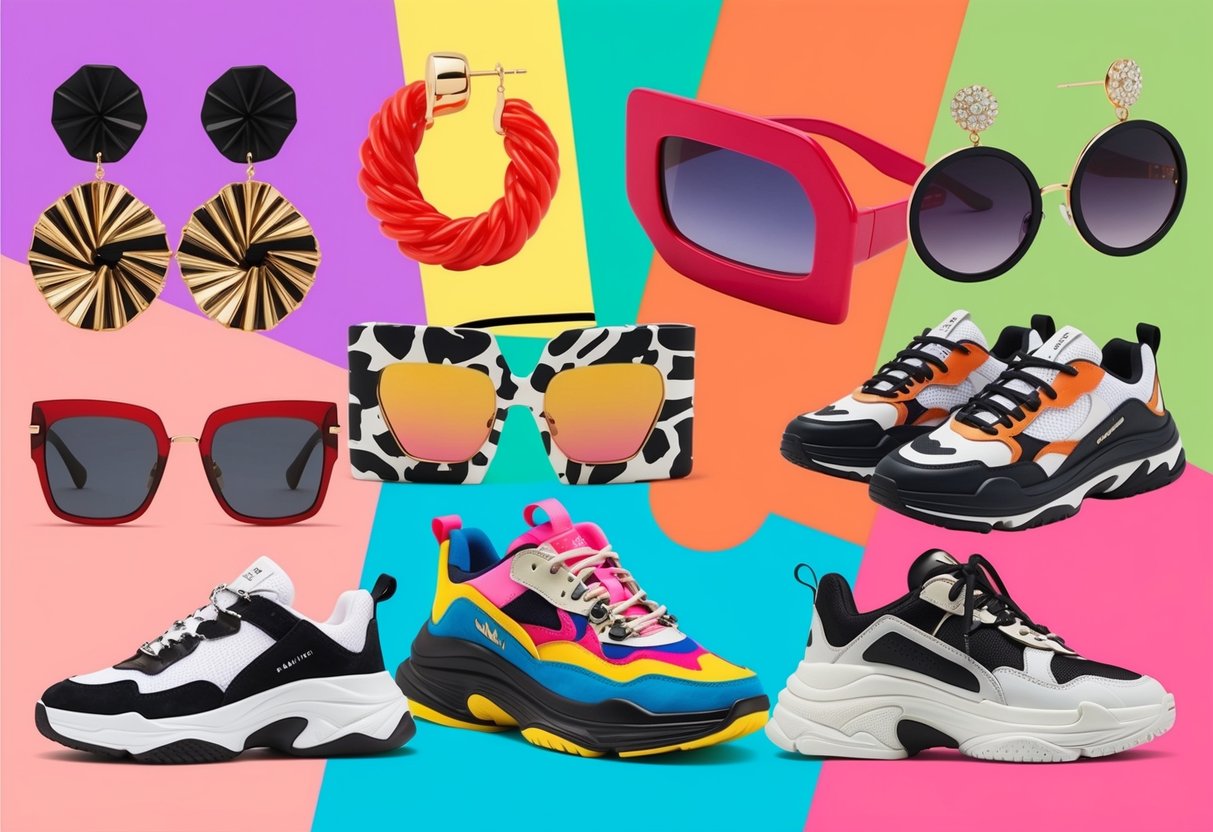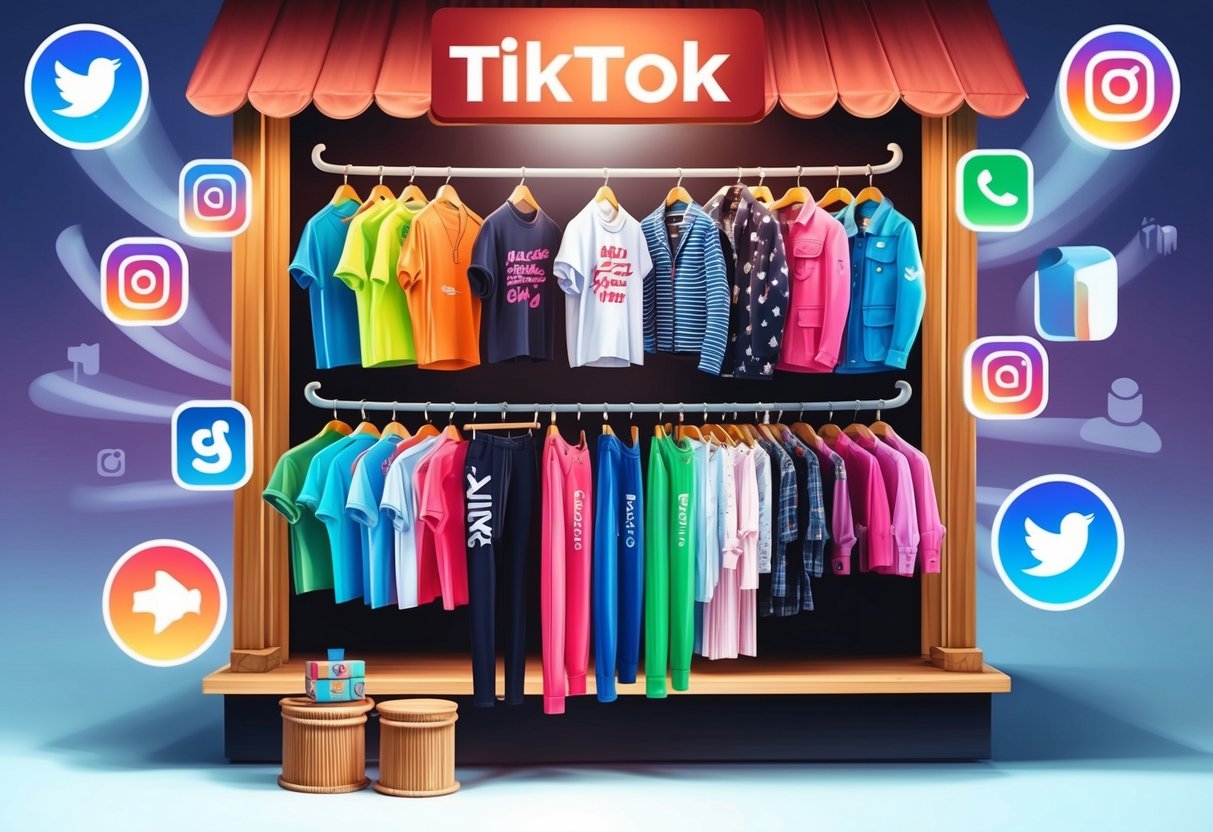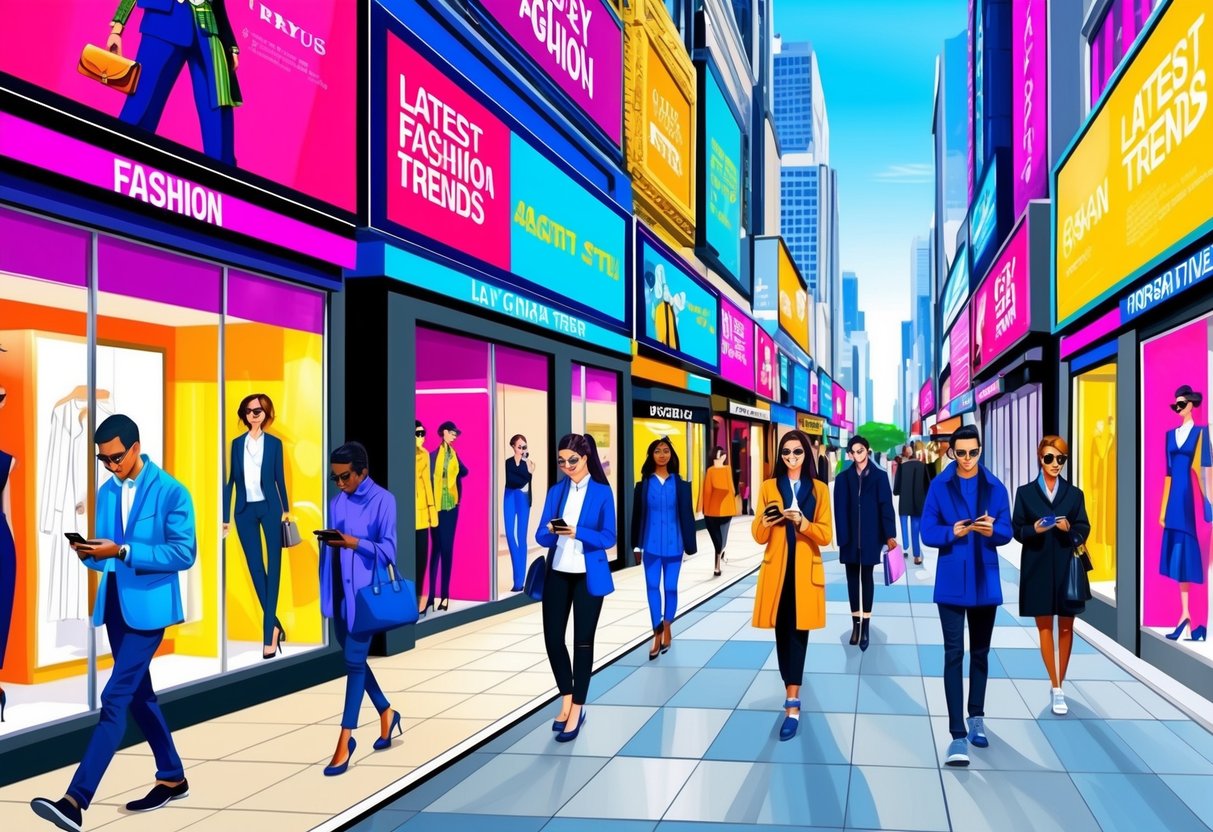
Fast Fashion, TikTok Shop, and the Trend Cycle

Fashion trends on social media move faster than ever, driven largely by platforms that spotlight rapid outfit changes and instant purchasing. Shoppers encounter microtrends that evolve week by week, creating both excitement and challenges for those trying to keep up.
The Speed of Trends Fueled by Social Media
The pace of the trend cycle has accelerated, especially with the influence of TikTok and Instagram. Short videos showcase trending items and styles in real time, allowing new aesthetics to take hold overnight.
Viral challenges, popular hashtags like #OOTD, and influencer outfit breakdowns boost the visibility of specific looks. Fashion content on TikTok especially causes trends to spike quickly and fade just as fast.
Both Gen Z and millennial users see new brands and styles every day, which influences what is stocked in retail stores and what fast fashion brands produce. This speed has a clear domino effect on the way consumers approach shopping, with many focusing on quickly accessible, on-trend items instead of timeless staples or high-cost investments.
Traditional trend cycles that lasted months or seasons have shifted. Now, a look can peak and decline within a few weeks.
This rapid turnover is reshaping how people define and participate in fashion culture, often leading to concerns about sustainability and overconsumption, a dynamic discussed in depth in recent reports on fast fashion trends.
The Influence of TikTok Shop on Shopping Habits
TikTok Shop has transformed the shopping experience by integrating purchasing options directly into social feeds. Users can now buy pieces featured in influencer videos without leaving the app, making impulsive buying more common.
The immediate feedback loop of comments and live streams generates hype and a sense of urgency. Brands use TikTok Shop’s features, such as shoppable tags and creator collaborations, to reach large audiences quickly.
This integration blurs the line between influencer inspiration and e-commerce, leading to faster adoption rates for new styles. Trend-focused consumers can purchase the latest looks as soon as they see them, often resulting in extremely short-lived clothing trends.
The combination of fast fashion manufacturing and TikTok Shop’s instant access means items can be discovered, purchased, and worn while the trend is still peaking. This creates a demand for ever-faster production cycles and an expectation for fresh styles, impacting both the fashion industry and user purchasing patterns, as outlined by analyses on fashion trends and TikTok shopping.
Navigating FOMO in the Age of Constant Trends

Fashion enthusiasts face constant pressure to stay up-to-date with rapid trend cycles and emerging micro-influences. As new aesthetics and viral looks flood social media feeds, many experience heightened FOMO and may struggle to balance personal style with fleeting digital hype.
Curating Trends to Suit Your Personal Style
FOMO often emerges from the urge to buy into every viral silhouette or accessory seen on social media. Instead, individuals benefit most from developing a clear sense of personal style to filter out trends that do not truly resonate with their tastes or lifestyles.
One effective method is creating a mood board or using a playlist of saved posts, highlighting only the trends that align with preferred colors, fits, or fabrics. This process encourages thoughtful shopping and better wardrobe longevity.
Gen Z, for instance, has reported frustration with the “exhausting” trend cycle and now often seeks strategies to selectively engage with trends instead of chasing every micro-shift.
Tips to curate trends:
- Identify core wardrobe staples and accentuate them with one or two trend-forward pieces.
- Prioritize clothes that fit body type and daily needs, despite current trend status.
- Reflect on which looks genuinely boost confidence and match existing items.
Avoiding Trend Fatigue
Constant exposure to new collections and influencer styles can lead to trend fatigue, where excitement is replaced by stress or dissatisfaction. FOMO on fashion platforms is linked to compulsive scrolling, overbuying, and negative emotions, including disrupted sleep and emotional burnout.
Practical steps help minimize this effect. Establishing clear wardrobe goals—like maintaining a capsule wardrobe or seasonal rotation—can limit impulsive purchases and relieve social pressure.
It’s also helpful to schedule “screen-free” periods or set boundaries with social media to prevent endless comparison. Additional ways to avoid trend fatigue include:
- Unfollowing accounts that trigger shopping urges or negative self-comparison.
- Engaging in fashion communities that celebrate individuality over uniformity.
- Committing to conscious consumption, such as supporting ethically made or secondhand items.
By focusing on sustainability, personal preferences, and mindful consumption, individuals can participate in fashion without getting overwhelmed by the pace of new trends.



